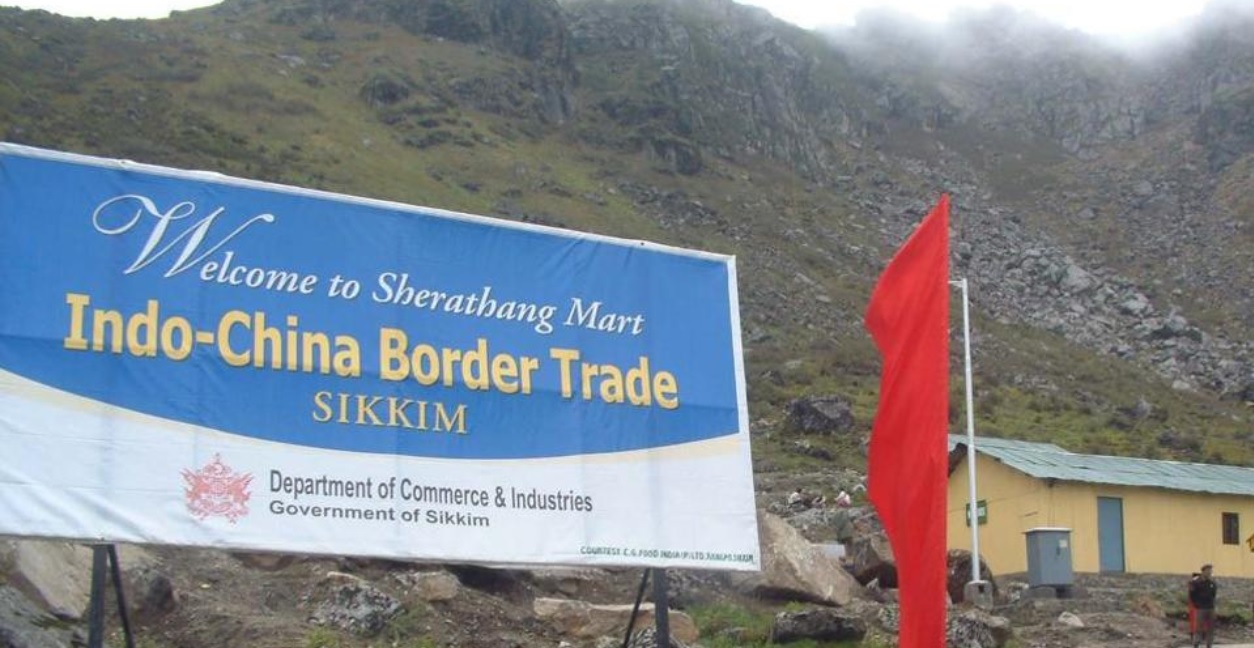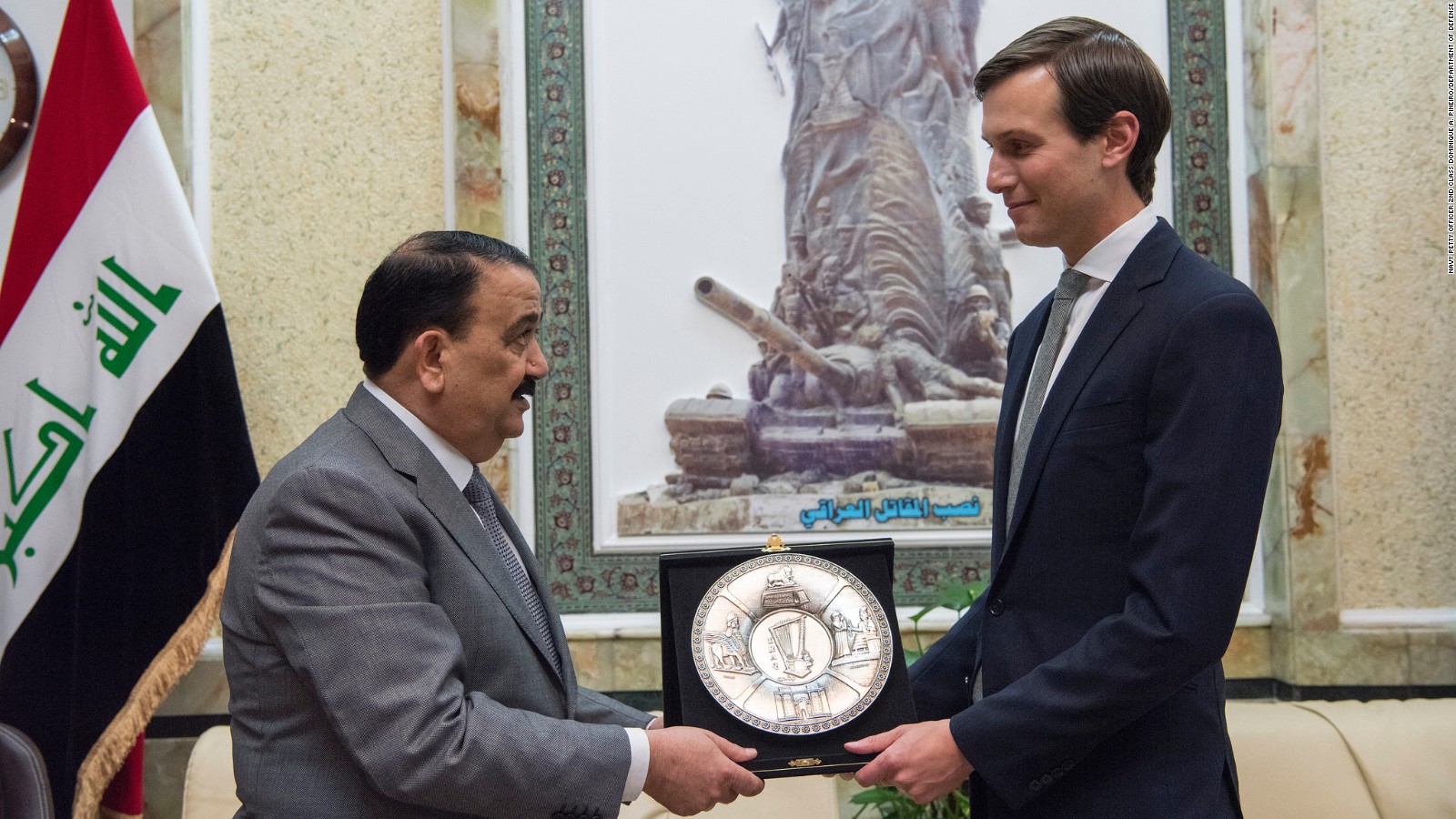John Bolton seen more frequently around the White House
By The Wayne Madsen Report
John Bolton, the only unconfirmed U.S. ambassador to the United Nations to have ever represented his country in the international organization, has recently been seen more frequently around the White House. There are strong rumors that Donald Trump's next purge will claim the National Security Adviser, Lt. General H. R. McMaster, and that Bolton has the inside track to replace him. Bolton taking over the National Security Council will, after a nine-year hiatus, put the neo-conservatives back in the foreign policy and national security driver's seat in Washington.
The firing of Secretary of State Rex Tillerson and his replacement by Central Intelligence Agency director Mike Pompeo, a neocon and Christian Dominionist, and the continued presence of neocon Nikki Haley in Bolton's old job at the U.N. marks a sharp turn for a president who campaigned on general U.S. non-involvement in global affairs as the "world's policeman." Bolton, Pompeo, and Haley advocate a more confrontational U.S. foreign policy with nations like Russia, China, Iran, North Korea, and Venezuela.
Bolton had Trump's ear when Steve Bannon was serving as Trump's strategic adviser. After Bannon was fired last August, Bolton
 saw
his access to the White House rescinded by chief of staff John Kelly
and National Security Adviser McMaster. Bolton was rumored to be a
strong candidate for Secretary of State or National Security Adviser
during the presidential transition process in late 2016. [Bolton at
Trump Tower for Dec. 2016 interview, left]
saw
his access to the White House rescinded by chief of staff John Kelly
and National Security Adviser McMaster. Bolton was rumored to be a
strong candidate for Secretary of State or National Security Adviser
during the presidential transition process in late 2016. [Bolton at
Trump Tower for Dec. 2016 interview, left]In recent months, Bolton has seen his White House access restored and he regularly briefs Trump on national security and foreign policy issues.
Bolton, like Trump, is plagued by allegations of bizarre sexual activities. Bolton's first wife, Cristina Bolton, claimed in court filings in Virginia that Bolton forced her into having group sex at Plato's Retreat, a Manhattan swingers club that catered to heterosexual couples and bisexual women and operated between 1977 and 1985. The club was located in what had been a gay bathhouse known as Continental Baths. Plato's Retreat moved to Fort Lauderdale, Florida,
 where
it changed its name to "321 Slammer" and is now a gay male sex club. On
August 15, 1982, while John Bolton was on a two-week trip in his
position as assistant administrator for the U.S. Agency for
International Development (USAID), Mrs. Bolton fled their residence at
918 Grand Court, Vienna, Virginia, taking with her all of her personal
possessions and most of the furniture.
where
it changed its name to "321 Slammer" and is now a gay male sex club. On
August 15, 1982, while John Bolton was on a two-week trip in his
position as assistant administrator for the U.S. Agency for
International Development (USAID), Mrs. Bolton fled their residence at
918 Grand Court, Vienna, Virginia, taking with her all of her personal
possessions and most of the furniture.With such a personal history, Bolton might have faced a tougher time getting confirmed for a post entailing even greater access to highly-classified information than the U.N. ambassador post. However, the National Security Adviser position does not require Senate confirmation.
Bolton’s tenure at the U.N. was punctuated by his own undiplomatic outbursts, as well as those of his spokesman and personal assistant, Richard Grenell, Trump’s openly-gay nominee to be U.S. ambassador to Germany. Bolton strenuously pushed the neocon foreign policy line, as spelled out in the charter for the movement founded in 1997, the Project for the New American Century (PNAC).
Bolton also favors scrapping the Iran P5+1 nuclear agreement, known formally as the Joint Comprehensive Plan of Action (JCPOA). Bolton’s international views are no different than those of Israeli Prime Minister Binyamin Netanyahu, a camaraderie Bolton shares with Trump.
On
the issue of Palestine, Bolton has demanded the abolishment of the U.N.
Relief and Works Agency (UNRWA), which administers aid programs for
Palestinian refugees. In May 2017, before accepting the Guardian of Zion
Award from Bar-Ilan University in Jerusalem, Bolton told The Jerusalem Post
that the “two-state solution” of Israel and an independent Palestinian
state should be abandoned, Hamas, Fatah, and the Palestinian Authority
disbanded, Gaza given to Egypt, and the West Bank divided between Israel
and Jordan. Bolton cynically said he believes in a “three-state
solution” with Israel, Egypt, and Jordan taking control of current
Palestinian territory.
 Trump
may not be the only top U.S. official with a blackmail problem over sex
claims. A photograph of a bulletin board at Plato's Retreat clearly
offers customers the videotaping of their sex acts. [Pictured, right]
Whether or not Bolton knows it, his "swinging acts" may have been
captured on video, which may explain his subservience to Israel. Plato's
Retreat was founded by a high school friend of New York pornographer Al
Goldstein. Goldstein had something in common with Trump's convicted
child molester friend, Jeffrey Epstein: they both shared the same
criminal defense attorney, Alan Dershowitz. Dershowitz has also been an
ardent defender of Trump and his policies.
Trump
may not be the only top U.S. official with a blackmail problem over sex
claims. A photograph of a bulletin board at Plato's Retreat clearly
offers customers the videotaping of their sex acts. [Pictured, right]
Whether or not Bolton knows it, his "swinging acts" may have been
captured on video, which may explain his subservience to Israel. Plato's
Retreat was founded by a high school friend of New York pornographer Al
Goldstein. Goldstein had something in common with Trump's convicted
child molester friend, Jeffrey Epstein: they both shared the same
criminal defense attorney, Alan Dershowitz. Dershowitz has also been an
ardent defender of Trump and his policies.
Bolton’s neocon rhetoric on NATO is no less alarming. He wants membership in NATO fast-tracked for Ukraine and Georgia. Bolton as Trump’s national security adviser would help usher into the Trump White House Bolton’s fellow neocons ensconced at the American Enterprise Institute in Washington, where Bolton enjoys a senior fellowship.
Bolton actually believes Iran is exploiting the political turmoil in Venezuela to gain access to the country’s uranium deposits. He also is convinced that Hezbollah has established a drug-running network in Latin America. Bolton has called on Trump to reassert the arcane Monroe Doctrine – proclaiming the Western Hemisphere as America’s domain – because of “Russian meddling” in Latin America. Bolton’s predilection for such conspiracy theories, while welcomed and highly sought in Republican Party cuckoo land, are not the product of sober intelligence analysis of world events.
 Trump
may not be the only top U.S. official with a blackmail problem over sex
claims. A photograph of a bulletin board at Plato's Retreat clearly
offers customers the videotaping of their sex acts. [Pictured, right]
Whether or not Bolton knows it, his "swinging acts" may have been
captured on video, which may explain his subservience to Israel. Plato's
Retreat was founded by a high school friend of New York pornographer Al
Goldstein. Goldstein had something in common with Trump's convicted
child molester friend, Jeffrey Epstein: they both shared the same
criminal defense attorney, Alan Dershowitz. Dershowitz has also been an
ardent defender of Trump and his policies.
Trump
may not be the only top U.S. official with a blackmail problem over sex
claims. A photograph of a bulletin board at Plato's Retreat clearly
offers customers the videotaping of their sex acts. [Pictured, right]
Whether or not Bolton knows it, his "swinging acts" may have been
captured on video, which may explain his subservience to Israel. Plato's
Retreat was founded by a high school friend of New York pornographer Al
Goldstein. Goldstein had something in common with Trump's convicted
child molester friend, Jeffrey Epstein: they both shared the same
criminal defense attorney, Alan Dershowitz. Dershowitz has also been an
ardent defender of Trump and his policies.Bolton’s neocon rhetoric on NATO is no less alarming. He wants membership in NATO fast-tracked for Ukraine and Georgia. Bolton as Trump’s national security adviser would help usher into the Trump White House Bolton’s fellow neocons ensconced at the American Enterprise Institute in Washington, where Bolton enjoys a senior fellowship.
Bolton actually believes Iran is exploiting the political turmoil in Venezuela to gain access to the country’s uranium deposits. He also is convinced that Hezbollah has established a drug-running network in Latin America. Bolton has called on Trump to reassert the arcane Monroe Doctrine – proclaiming the Western Hemisphere as America’s domain – because of “Russian meddling” in Latin America. Bolton’s predilection for such conspiracy theories, while welcomed and highly sought in Republican Party cuckoo land, are not the product of sober intelligence analysis of world events.




 Trump's neocons shout "Remember Khan Sheikoun!" How about "Remember Sago?"
Trump's neocons shout "Remember Khan Sheikoun!" How about "Remember Sago?"